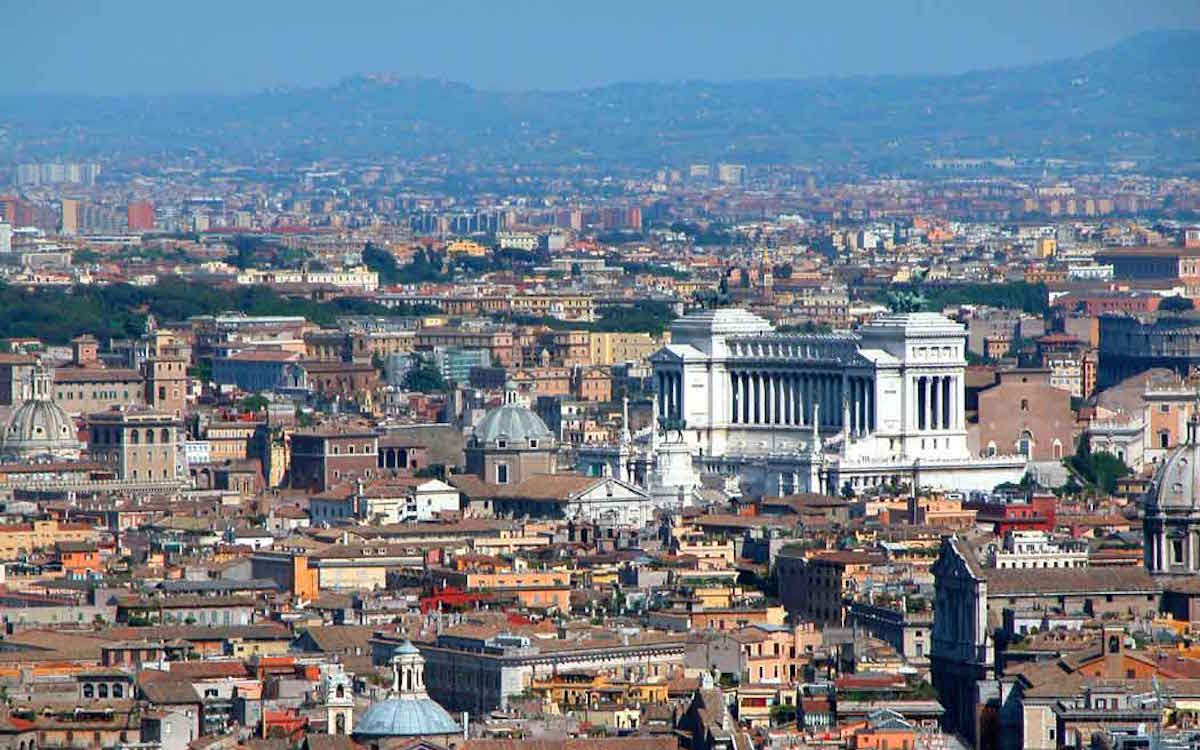The WalkMan Magazine ha rincontrato Gabriele Burnelli, ingegnere elettronico tra gli inventori del Dreamcatcher (di cui vi abbiamo parlato in questo articolo), che ci propone un altro interessante progetto in grado di apportare importanti migliorie su i sistemi già in uso, per rendere più vivibili le nostre città attraverso il bike sharing.
Da dove nasce l’idea di un progetto di bike sharing, soprattutto rapportato a una città problematica come Roma?
Il bike sharing è un progetto nato con l’idea proprio di risolvere alcuni dei problemi riscontrati in passato con le prove fatto a Roma: avevano provato a svilupparlo in alcuni punti strategici ma hanno subito rubato le biciclette che erano state acquistate nuove e a prezzi anche più alti del normale.
In che modo pensate quindi di risolvere il problema?
Noi abbiamo pensato di risolvere il problema focalizzandoci sulla sicurezza delle biciclette: abbiamo riproposto lo stesso servizio ma con innovazioni volte a risollevare i problemi già riscontrati. Per prima cosa le biciclette saranno riciclate, e verranno in particolare dai materiali di scarto dell’Ama. Dopo un’attenta analisi abbiamo scoperto che l’Ama ogni mese colleziona circa venti biciclette usate e, con l’aiuto di manodopera specializzata o di ciclo officine, sarebbe possibile, nello stesso arco di tempo e a costo zero, usufruire di due o tre biciclette nuove. In questo modo le biciclette saranno riciclate e “brutte”, e quindi meno appetibili per i ladri.
Qual è il punto di forza del progetto?
La sicurezza sarà migliorata attaccando alla bicicletta una centralina elettronica che contiene a bordo un’antenna GPS in grado di rilevarne la posizione, e sarà inserito un sistema d’allarme che in tempo reale potrà monitorare la posizione dell’utente e capire cosa succede anche quando la bicicletta è ferma. La centralina potrà essere sbloccata tramite un braccialetto di gomma che, avvicinandolo, farà scattare la catena elettromeccanica. In questo modo il bike sharing può essere libero, e sfruttabile in alcuni percorsi appositamente studiati.
Il progetto però ha un altro punto di forza: si dovrebbe auto sostenere nei costi. Sulle bici, che sono già low cost, pensiamo di applicare, in alcuni punti come le ruote o il telaio, delle pubblicità che permetteranno al servizio di essere gratuito.
Non solo la vostra azienda, dietro questo progetto c’è anche lo zampino dello IED di Roma. Raccontaci come è avvenuta la collaborazione.
Lo IED si è occupato soprattutto della parte di design e del kit offerto con la bicicletta, ossia una mappa ripiegata a mo’ di origami che contiene il braccialetto e alcuni percorsi studiati per la zona nella quale si prende la bici.
Come pensi che si rapporterà questo servizio con Roma?
Il progetto è nato proprio da alcuni studi che servono a capire come rendere Roma più vivibile e accogliente. Infatti uno dei problemi che frena i turisti è la difficoltà nell’usare i mezzi di trasporto. Se allora ci fosse un sistema di bike sharing, sarebbe un vantaggio anche per la viabilità. Come poi funzionerà effettivamente si potrà verificare solo una volta messo in piedi.
[divider]ENGLISH VERSION[/divider]
The WalkMan Magazine met again Gabriele Burnelli, one of the electronic engineers who invented the Dreamcatcher (of which we have already wrote about). He offered us another interesting project to make major improvements to the mobility systems and to make more livable our cities through the bike sharing.
Where did you get the idea of a bike-sharing project, especially compared to a problematic city like Rome? Bike sharing is a project born with the idea to solve some of the problems we encountered in the past. Some strategic points had been developed, but they suffered stolen bikes that were purchased new and with prices even higher than normal.
Then, how do you think to solve the problem? We thought we would solve the problem by focusing on the safety of bicycles. We proposed the same service but with some innovations. First of all, the bikes will be recycled and will derive from the Ama’s waste materials. After a careful examination, we found that each month the Ama collects twenty secondhand bicycles and, with the help of skilled labor or cycle repair shops, it would be possible, in the same span of time and at no cost, to avail of two or three new bicycles. In this way the bikes will be recycled and “unattractive” and, therefore, less attractive to thieves.
What is the strength of the project? Safety will be improved by attaching to the bike an electronic board containing a GPS antenna to detect the position, and will be added an alarm system that could monitor in real time the location of the user and figure out what happens when the bike is stationary. The electronic board can be unlocked via a rubber bracelet that, bringing it close, will set off the electromechanical chain. In this way the bike sharing can be free, and usable in some specifically studied lane. Moreover, the project has another strong point: it should be self-supported. On the bikes, which are already low cost, we want to apply, in places such as the wheels or the frame, some advertisement that will allow the service to be free.
Behind this project there is also the IED Rome. Tell us about this collaboration. IED has been mainly involved in the design and the kit offered by bicycle. It is a folded map like an origami containing the bracelet and some specific pathways for the area in which you take the bike.
How do you think this service will affect Rome? The project was supported by specific studies aimed to understand how to make Rome more livable and welcoming. Actually, one of the problems disheartening the tourists is the difficulty in using public transport. If then there were a bike-sharing system, it would be an advantage for the mobility system. How then it will actually work, there might be only once set up.
Traduzione a cura di Daniela De Angelis

